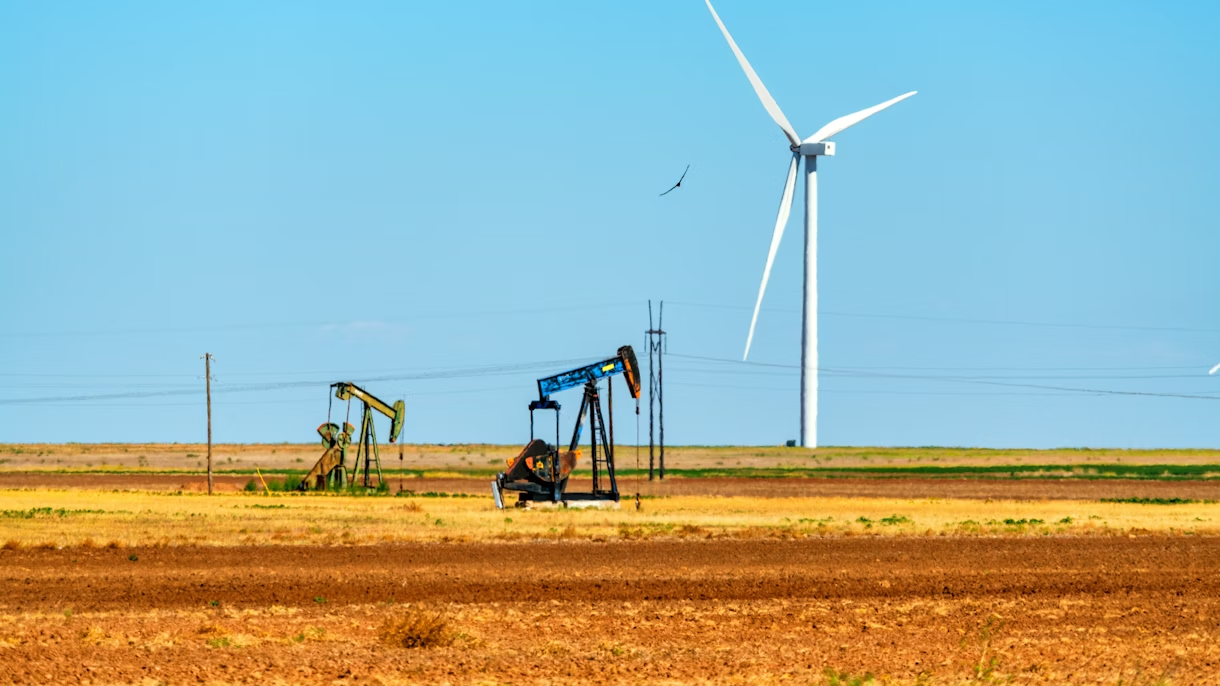Oil and gas prices over time are more than just numbers on a trading screen; they are critical indicators that influence global economies, geopolitical dynamics, and environmental policies. Monitoring these prices is crucial not only for financial markets but also for shaping the transition to greener energy sources. This article explores why oil and gas prices are important to track, their impact on the push for renewable energy, and the broader implications for sustainability.
The Importance of Monitoring Oil and Gas Prices
- Economic Impact
- Inflation and Economic Stability: Fluctuations in oil and gas prices can significantly impact inflation rates and overall economic stability. High energy prices can lead to increased costs for goods and services, influencing consumer spending and economic growth. Conversely, low prices might spur economic activity but could also impact the viability of energy investments.
- Energy Costs for Businesses and Consumers: Businesses and consumers alike are directly affected by changes in energy prices. For industries heavily reliant on oil and gas, price volatility can affect operational costs, profit margins, and strategic planning. Monitoring these prices helps in budgeting and financial forecasting.
- Investment Decisions
- Energy Sector Investments: Oil and gas prices influence investment decisions in the energy sector. High prices can attract investment in exploration and production, while low prices might lead to reduced investment in new projects and technologies. Investors use price trends to assess the potential returns and risks associated with energy projects.
- Renewable Energy Investments: The relative cost of oil and gas compared to renewable energy sources affects investment in clean technologies. When fossil fuel prices are low, renewable energy might struggle to compete on price, potentially slowing the transition to greener energy. Conversely, high fossil fuel prices can make renewables more attractive by comparison.
- Policy and Regulation
- Government Policies: Oil and gas prices influence government policies and regulatory frameworks. For example, high prices might prompt governments to promote energy conservation measures and support alternative energy sources. Conversely, low prices might lead to reduced incentives for renewable energy and increased subsidies for fossil fuels.
- Environmental Regulations: Price fluctuations can also impact environmental regulations. During periods of high oil and gas prices, there might be greater political will to impose stricter regulations on emissions and support greener initiatives. When prices are low, there could be less emphasis on such regulations.
The Link Between Oil and Gas Prices and the Transition to Greener Energy
- Competitive Pricing of Renewable Energy
- Cost Parity: The competitiveness of renewable energy sources such as wind, solar, and hydroelectric power often depends on the relative cost of fossil fuels. When oil and gas prices are high, renewable energy becomes more economically attractive, potentially accelerating the transition to greener energy.
- Subsidy Dynamics: High fossil fuel prices can reduce the need for subsidies and financial incentives for renewable energy, as the price disparity between fossil fuels and clean energy narrows. Conversely, low fossil fuel prices might necessitate increased subsidies to make renewables more competitive.
- Energy Transition Strategies
- Strategic Planning: Businesses and governments use oil and gas price trends to plan their energy transition strategies. High volatility in fossil fuel prices can drive investments in renewable energy infrastructure and technologies, while prolonged low prices might slow the pace of transition.
- Diversification of Energy Sources: Fluctuating fossil fuel prices can encourage energy diversification, prompting investments in a mix of renewable sources to mitigate risks associated with price volatility and supply disruptions.
- Public and Corporate Sentiment
- Consumer Behaviour: Rising oil and gas prices can increase public awareness of energy issues and drive consumer demand for greener alternatives. This shift in consumer behaviour can influence corporate strategies and accelerate the adoption of sustainable practices.
- Corporate Responsibility: Companies may respond to high fossil fuel prices by committing to sustainability goals and investing in renewable energy solutions as part of their corporate social responsibility (CSR) initiatives. Conversely, lower prices might reduce the urgency to pursue green energy investments.
Broader Implications for Sustainability
- Long-Term Environmental Goals
- Climate Commitments: Monitoring oil and gas prices helps track progress toward long-term climate goals. Persistent high prices can support the transition to greener energy by creating economic incentives for reducing reliance on fossil fuels. Low prices, however, might challenge efforts to meet emission reduction targets.
- Sustainable Development: The balance between fossil fuel and renewable energy prices affects sustainable development efforts. Transitioning to a low-carbon economy requires stable and supportive economic conditions for renewable energy investments.
- Technological Advancements
- Innovation and R&D: Oil and gas price trends influence research and development (R&D) in energy technologies. High prices can drive innovation in alternative energy and efficiency technologies, while low prices might shift focus away from R&D in green technologies.
- Geopolitical and Market Dynamics
- Global Energy Markets: Price fluctuations in oil and gas markets can impact global energy dynamics and geopolitical relations. Understanding these impacts helps in crafting international energy policies and cooperation on climate change initiatives.
Conclusion
Monitoring oil and gas prices is essential for understanding their broader economic and environmental impacts. These prices influence investment decisions, regulatory policies, and the competitiveness of renewable energy sources. As the world strives for a greener future, the interplay between fossil fuel prices and renewable energy adoption will play a critical role in shaping the pace and effectiveness of the energy transition. By staying informed about price trends and their implications, businesses, governments, and individuals can better navigate the path towards a sustainable and low-carbon future.




